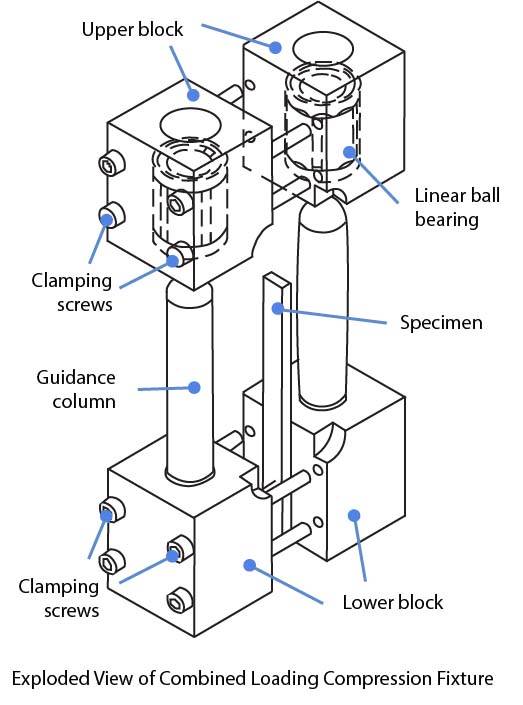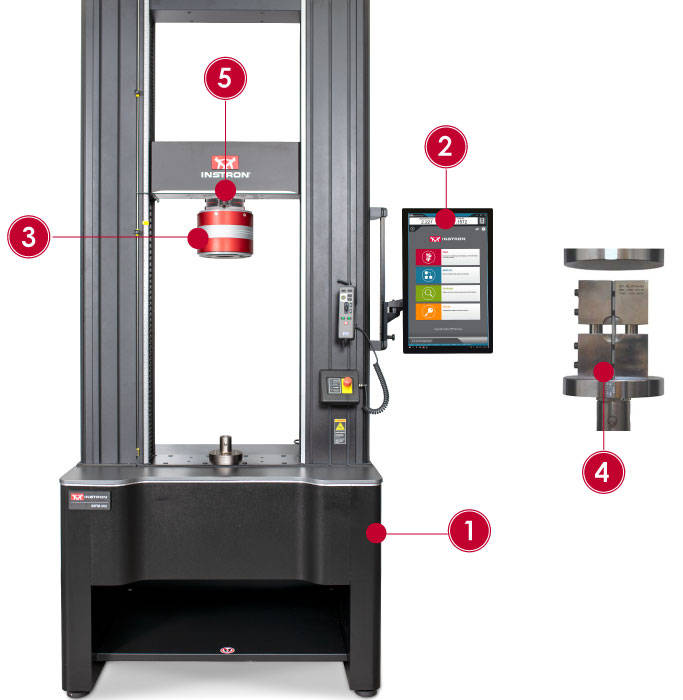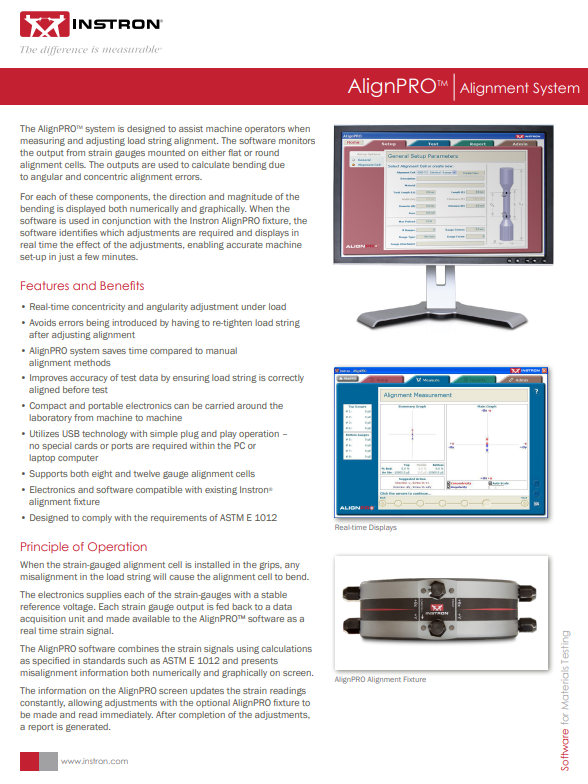ASTM D6641 - Compressive Properties of Polymer Matrix Composite Materials Using a Combined Loading Compression (CLC) Test Fixture

ASTM D6641 is a testing standard that determines the compressive strength and stiffness properties of polymer matrix composite materials using a combined loading compression (CLC) test fixture. This test method is designed to produce compressive property data on polymer matrix - mainly used in the Aerospace industry - for the purposes of research and development, quality assurance, and structural design and analysis. ASTM D6641 can be used to test unidirectional (0° ply orientation) composites as well as multi-directional composite laminates, fabric composites, chopped fiber composites, and similar materials.
Test Fixture
A CLC test fixture such as Instron's CP104483 is necessary for performing ASTM D6641 testing. The fixture is placed between two compression platens which initiate the compressive force onto the fixture, which in turn subjects the specimen to a combination of Shear- and End-Loading.

Materials Testing System
ASTM D6641 is best performed on a high force universal testing system such as Instron's 6800 Series electromechanical systems with Bluehill Universal software. Though most composites can be tested with a 250kN capacity system, labs testing a wider range of materials may benefit from a higher capacity system. An AlignPRO fixture should be used to ensure accurate results.
| ASTM D6641 Test Setup | |
|---|---|
|
6800 Series Universal Testing System |
|
|
Bluehill Universal Software |
|
|
2580 Series Load Cell |
|
|
CP104483 Custom Test Fixture |
|
AlignPro |
|

Tips and Tricks
- The specimen may be untabbed (Procedure A) or tabbed (Procedure B), as required. One requirement for a successful test is that the specimen ends do not crush during the test. Untabbed specimens are usually suitable for use with materials of low orthotropy: for example, fabrics, chopped fiber composites, and laminates with a maximum of 50% 0° plies, or equivalent. Materials of higher orthotropy, including unidirectional composites, typically require tabs.
- The most important results are the compressive strength, the compressive strain and the compressive Poisson’s ratio determined by Chord method. In addition to these calculations, the failure mode of each specimen is documented with the appropriate failure code as described within the standard.
- For more information, purchase ASTM D6641.



